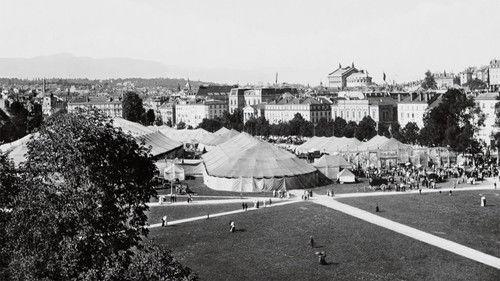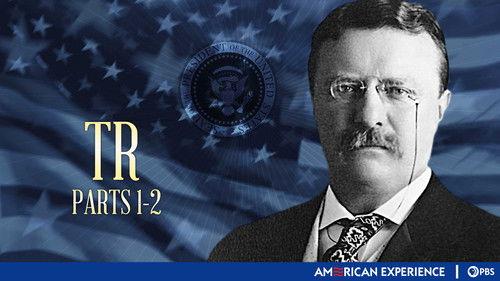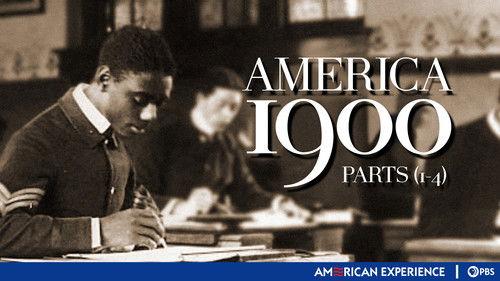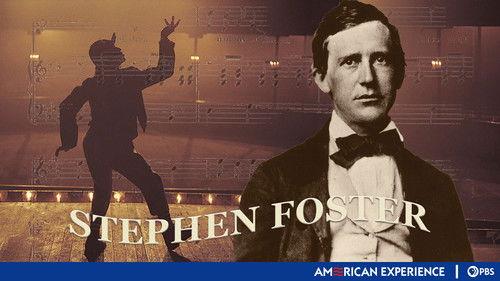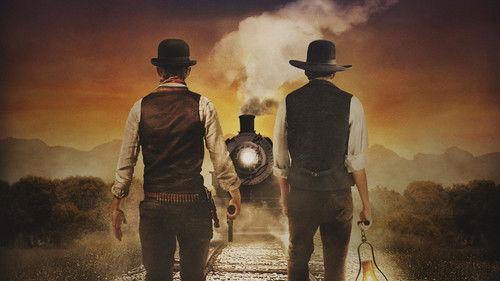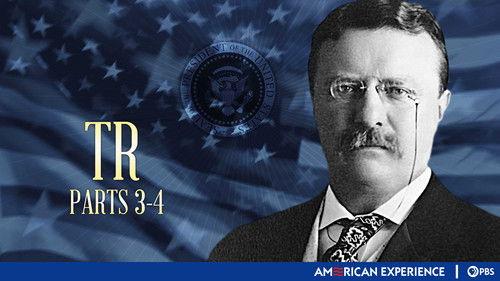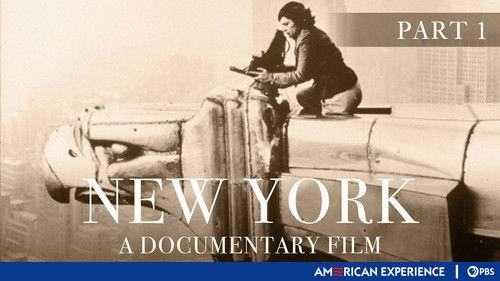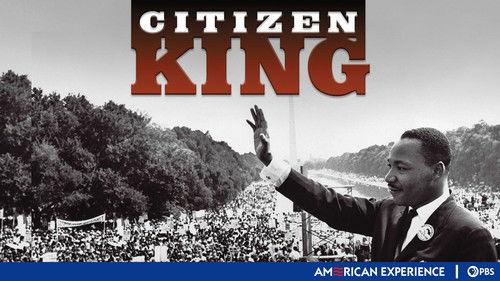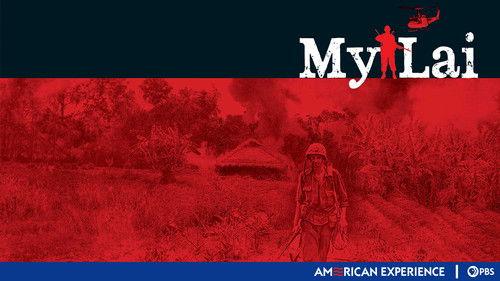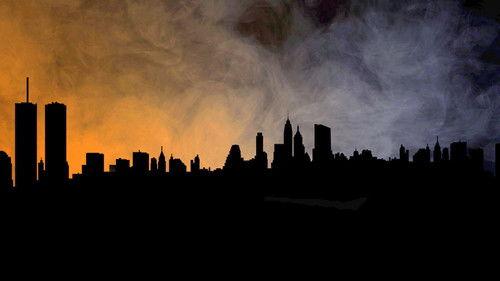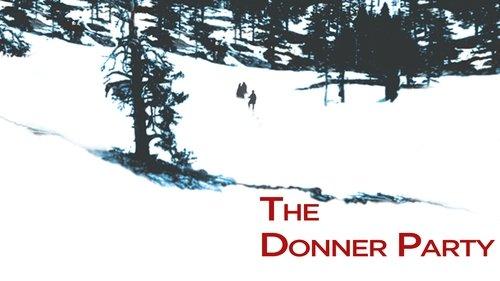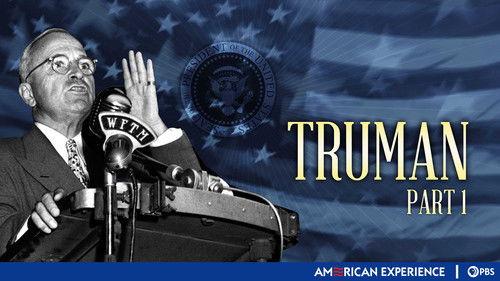Episode Rankings
- #1 Fan FavoriteClick to reveal
 8.5/10(170 votes)
8.5/10(170 votes)#4 - FDR (1): The Center of the World (1882-1921)
S7:E1Director:David GrubinWriter:David GrubinBe the first to start the conversation for this episode
Director:David GrubinWriter:David Grubin 8.5/10(160 votes)
8.5/10(160 votes)#6 - Abraham and Mary Lincoln: A House Divided, Part I
S13:E7Director:David GrubinBe the first to start the conversation for this episode
Director:David Grubin 8.3/10(100 votes)
8.3/10(100 votes)#13 - FDR (2): Fear Itself (1922-1933)
S7:E2Director:David GrubinWriter:David GrubinBe the first to start the conversation for this episode
Director:David GrubinWriter:David Grubin 8.3/10(49 votes)
8.3/10(49 votes)#16 - Abraham and Mary Lincoln: A House Divided, Part III
S13:E9Director:David GrubinBe the first to start the conversation for this episode
Director:David Grubin
The 20 WORST Episodes of American Experience
READ



